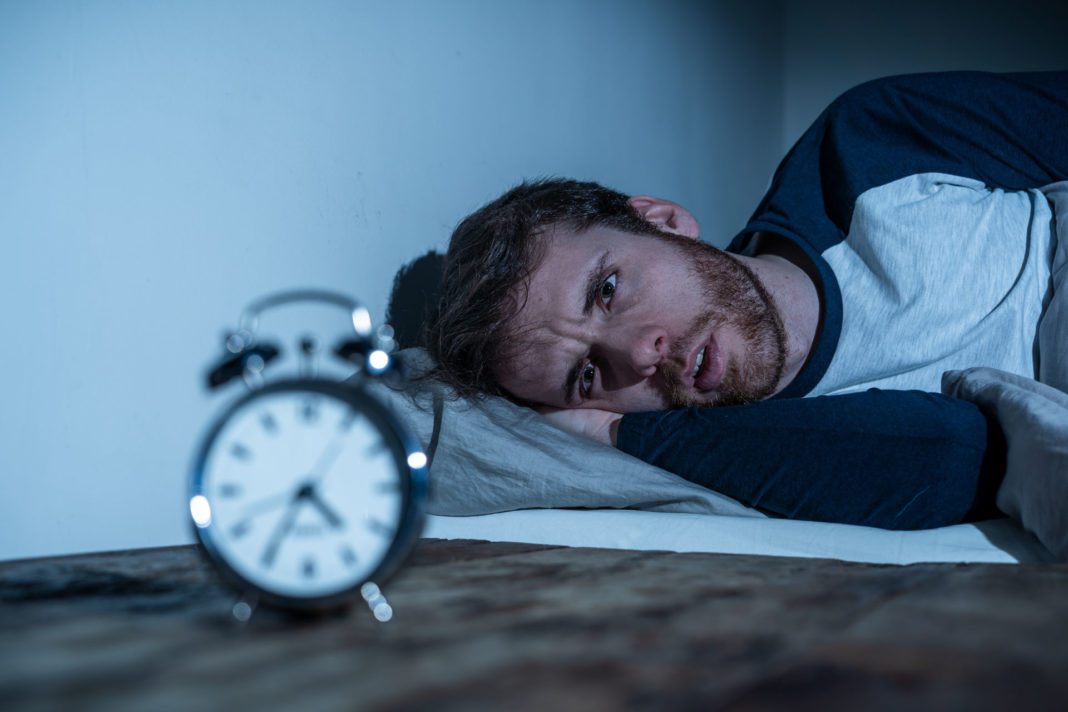Sleep apnea affects more than 30 million Americans, and many may be unaware that they suffer from the condition, according the American Sleep Apnea Foundation (ASAF).
Of the three main types of sleep apnea, the most common type is obstructive sleep apnea. April Merrill, APRN-CNS, with INTEGRIS Sleep Medicine in Oklahoma City, says obstructive sleep apnea is characterized by a partial or complete blockage of the airway by the tongue, resulting in a decrease or absence of breathing and subsequent decrease in oxygen levels.
Less common types of sleep apnea include central sleep apnea and complex sleep apnea.
“Central sleep apnea results when there is a loss of signal from the brain telling us to take a breath,” says Merrill. “Complex apnea is the combination of obstructive sleep apnea and central sleep apnea.”
Merrill says symptoms of sleep apnea include loud snoring, gasping or choking sounds during sleep, witnessed pauses in breathing while sleeping, morning headaches, frequent urination at night, frequent awakenings during the night and/or inability to stay asleep, dry mouth, falling asleep at work or even while driving, difficulty concentrating and irritability.
In general, sleep apnea affects more men than women, although rates increase in women after menopause, reports the ASAF. In addition, sleep apnea has been linked to chronic conditions such as heart disease, high blood pressure, stroke, type two diabetes and depression. Sleep apnea has also been tied to cardiac arrest.
“Sleep apnea causes elevated levels of cortisol, which leads to weight gain, high blood pressure and high blood sugars,” says Merrill. “This in turn makes your heart work harder, leading to the risk of heart disease and stroke.”
Fortunately, there are a variety of treatments available to help manage sleep apnea. A common and effective treatment is the use of a continuous positive air pressure (CPAP) machine which delivers a continuous stream of pressurized, purified air through a mask or nosepiece.
Other options include wearing a dental appliance such as a mandibular advancement device, which brings a person’s jaw forward to open the airway.
Lifestyle changes may also bring relief through losing weight or simply sleeping on one’s side instead of one’s back. Also, if needed, patient’s can undergo surgery to remove excess tissue in the throat, the tonsils and/or adenoids, or modify the structure of the mouth. Some patients may consider a hypoglossal nerve stimulator; this FDA-approved implanted medical device by Inspire Medical Systems helps reduce obstructive sleep apnea by electrically stimulating the hypoglossal nerve, which enables tongue movement. Placed beneath the skin, the hypoglossal nerve stimulator is controlled with a remote to allow patients the ability to sleep without devices on the face or in the mouth.
Quality sleep is imperative for a healthy mind and body. Merrill encourages individuals to notify their healthcare provider if they think they suffer from sleep apnea and to seek a consultation with a sleep specialist for further evaluation and testing.
Obstructive Sleep Apnea Warning Signs:
Excessive daytime sleepiness
Loud snoring
Observed episodes of stopped breathing during sleep
Morning headache
Abrupt awakenings accompanied by gasping or choking
High blood pressure
Awakening with a dry mouth or sore throat
Difficulty concentrating during the day
Mood changes, such as depression or irritability
Decreased libido
Source: Mayo Clinic

























